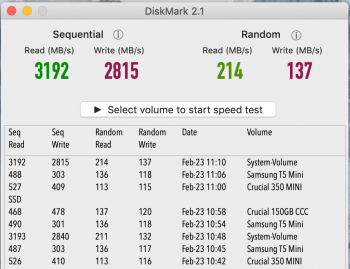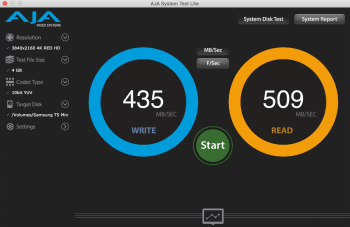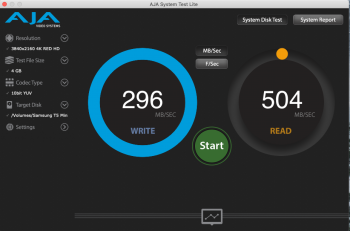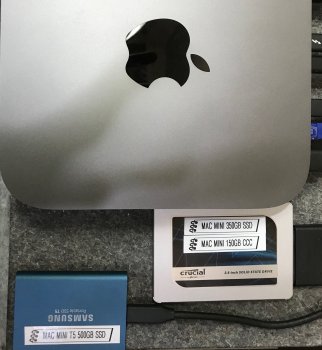In the last two weeks, I've had issues with two different external drives that I've formatted AFPS.
The first was a 1TB Western Digital My Passport SSD and the second was a 1TB Samsung 970 EVO Plus NVMe.
The Western Digital drive started acting in ways that made me think that it was defective. Indeed, at one point it failed a WD Utilities drive test. I returned it, but I'm no longer certain that the drive was the problem. The issue may have been AFPS, or the way that I set up the drive for AFPS.
I replaced the WD drive with a Samsung 970 NVMe. This drive comes bare, so I initialised and then formatted it Extended (Journaled). It worked fine until I attempted to reformat it AFPS, which turned out to be very problematic. It's now formatted Extended (Journaled) again, and working properly, but it's taken me the better part of two days to get to this point.
I'm interested in knowing whether my experience is unique, or whether others have run into difficulties with external drives that are formatted AFPS.
I should add that I also have a 500GB Samsung T5 that I've formatted AFPS and have had no problems with whatever.
As part of getting the Samsung fixed, I started the following brief thread (4 posts) which explains the problem and how I managed to fix it. It also talks about the problem with the WD drive, and about a page on WD's site on formatting its drives for AFPS: https://forums.macrumors.com/threads/problem-formatting-samsung-970-evo-plus-nvme-ssd.2170521/
The first was a 1TB Western Digital My Passport SSD and the second was a 1TB Samsung 970 EVO Plus NVMe.
The Western Digital drive started acting in ways that made me think that it was defective. Indeed, at one point it failed a WD Utilities drive test. I returned it, but I'm no longer certain that the drive was the problem. The issue may have been AFPS, or the way that I set up the drive for AFPS.
I replaced the WD drive with a Samsung 970 NVMe. This drive comes bare, so I initialised and then formatted it Extended (Journaled). It worked fine until I attempted to reformat it AFPS, which turned out to be very problematic. It's now formatted Extended (Journaled) again, and working properly, but it's taken me the better part of two days to get to this point.
I'm interested in knowing whether my experience is unique, or whether others have run into difficulties with external drives that are formatted AFPS.
I should add that I also have a 500GB Samsung T5 that I've formatted AFPS and have had no problems with whatever.
As part of getting the Samsung fixed, I started the following brief thread (4 posts) which explains the problem and how I managed to fix it. It also talks about the problem with the WD drive, and about a page on WD's site on formatting its drives for AFPS: https://forums.macrumors.com/threads/problem-formatting-samsung-970-evo-plus-nvme-ssd.2170521/
Last edited:







